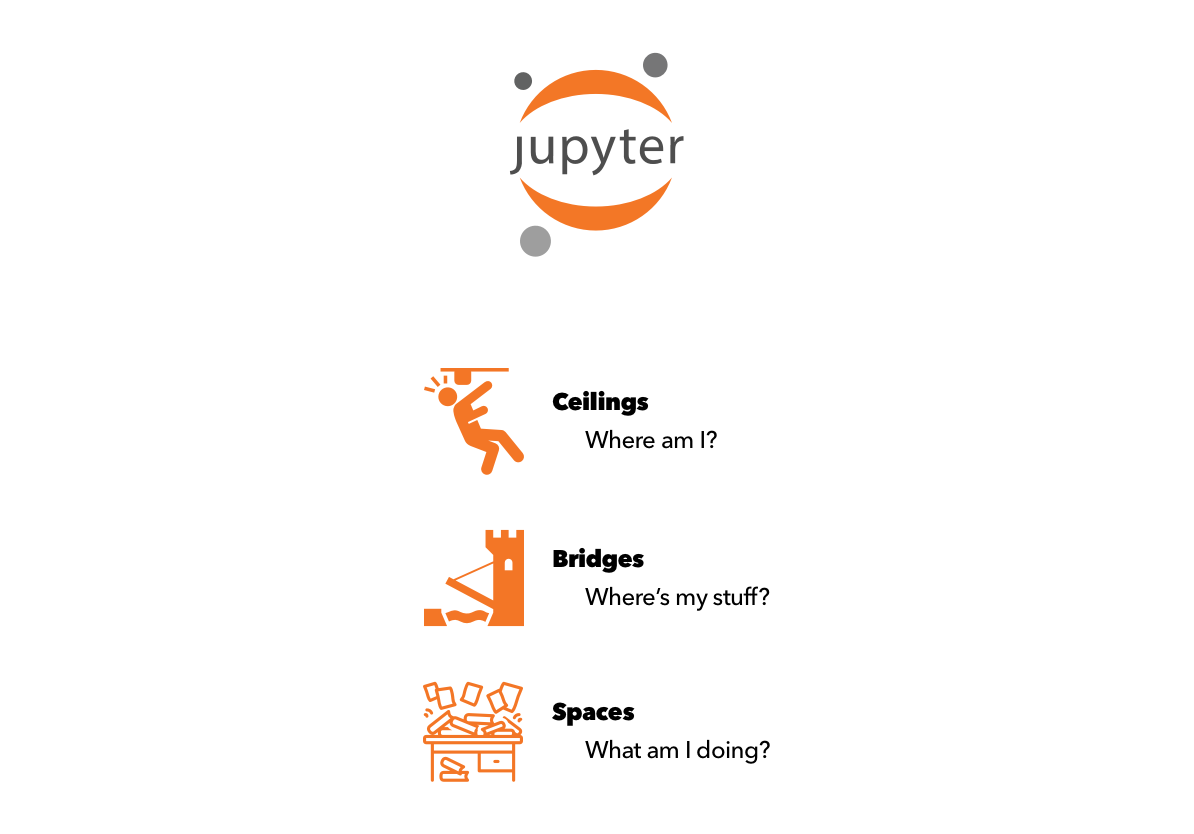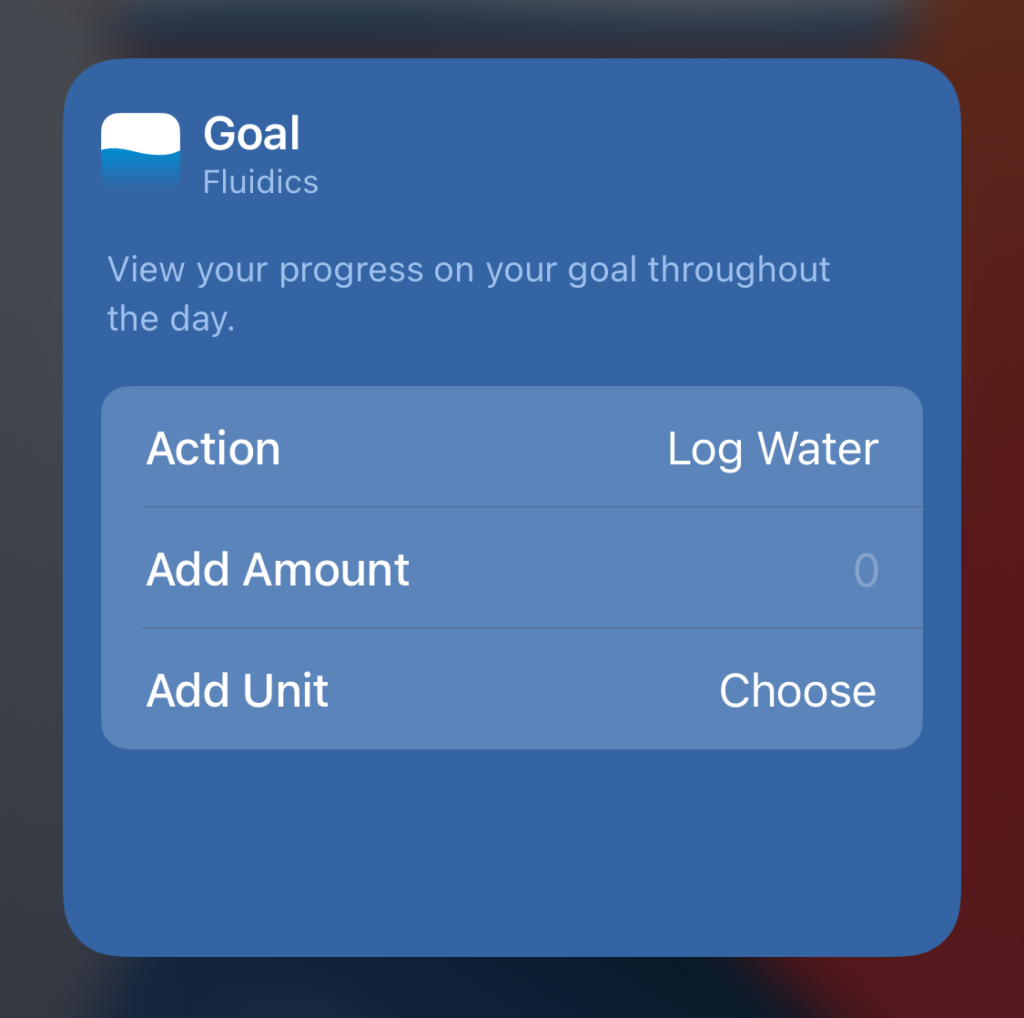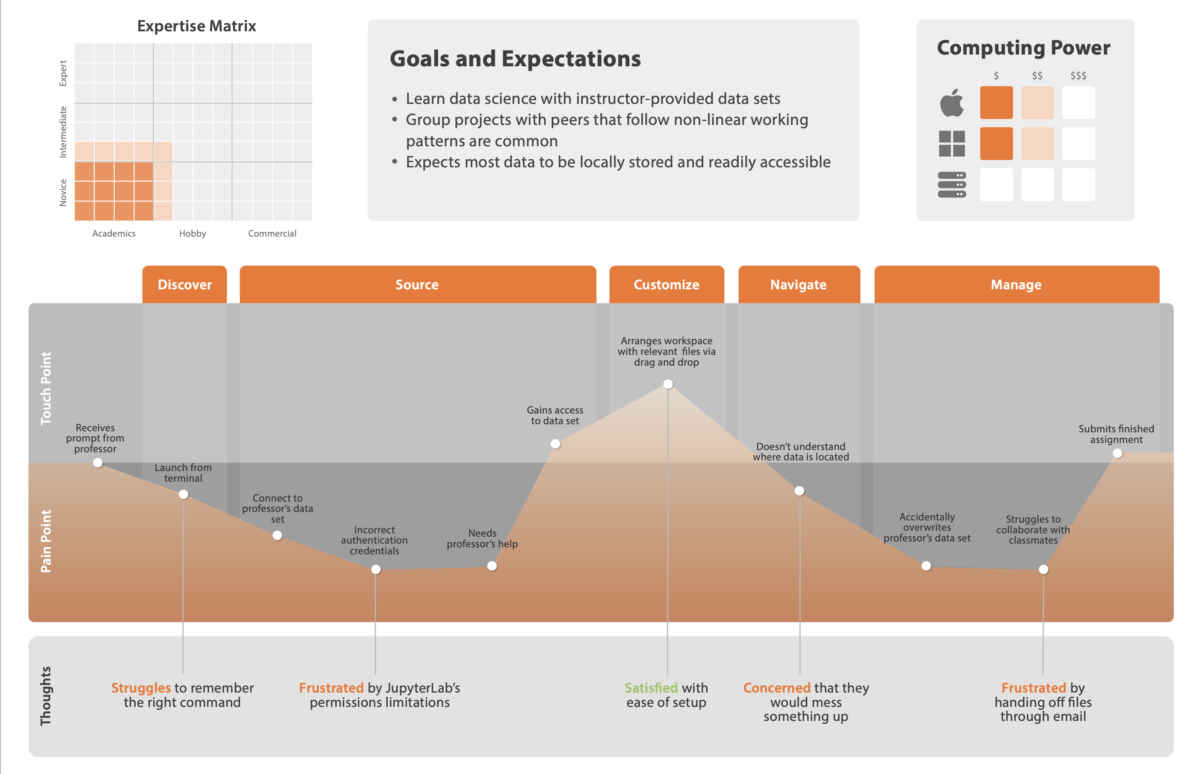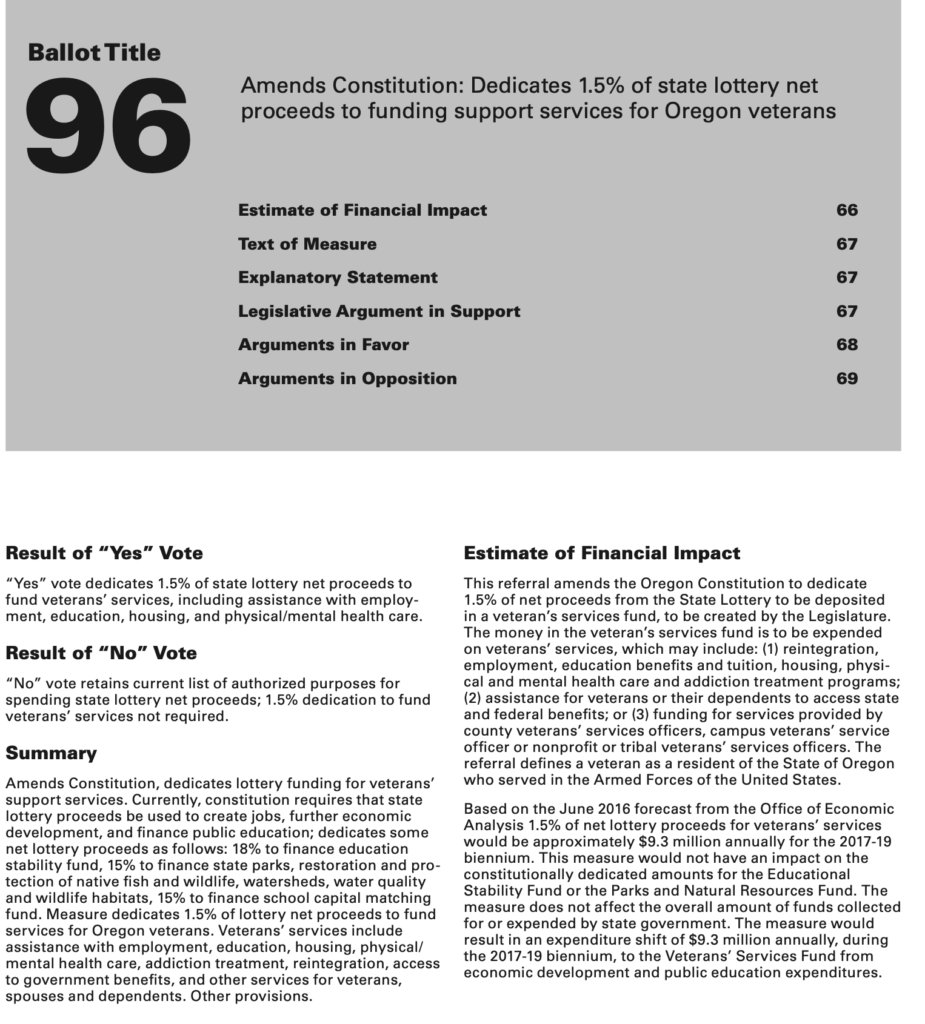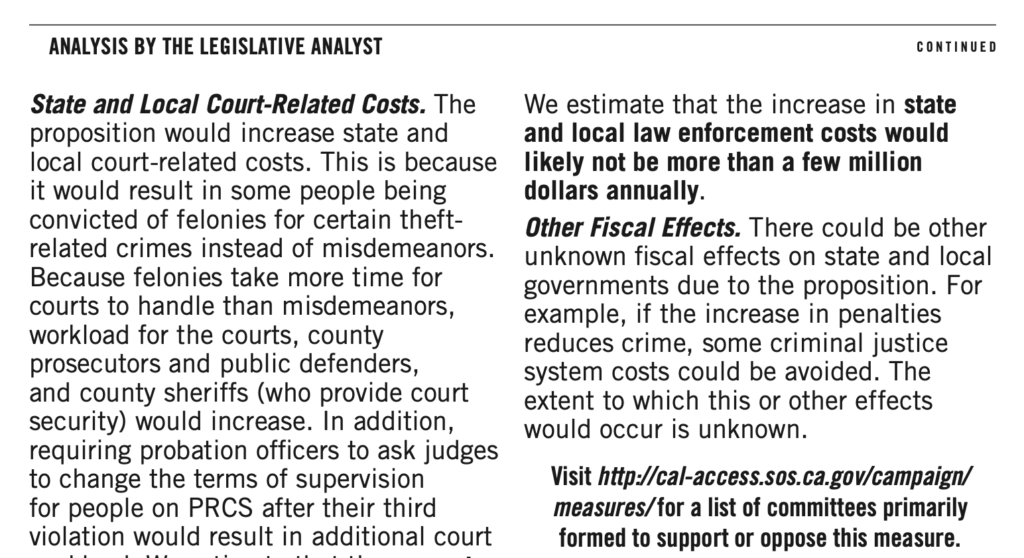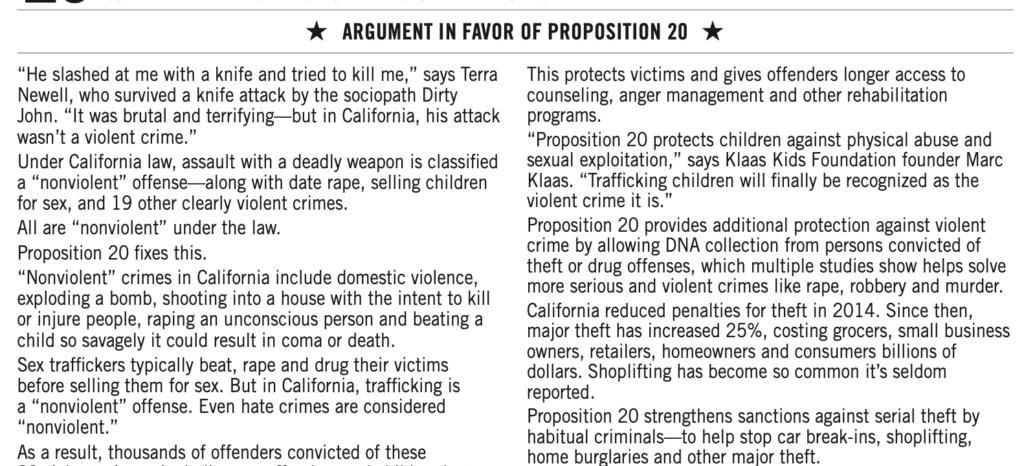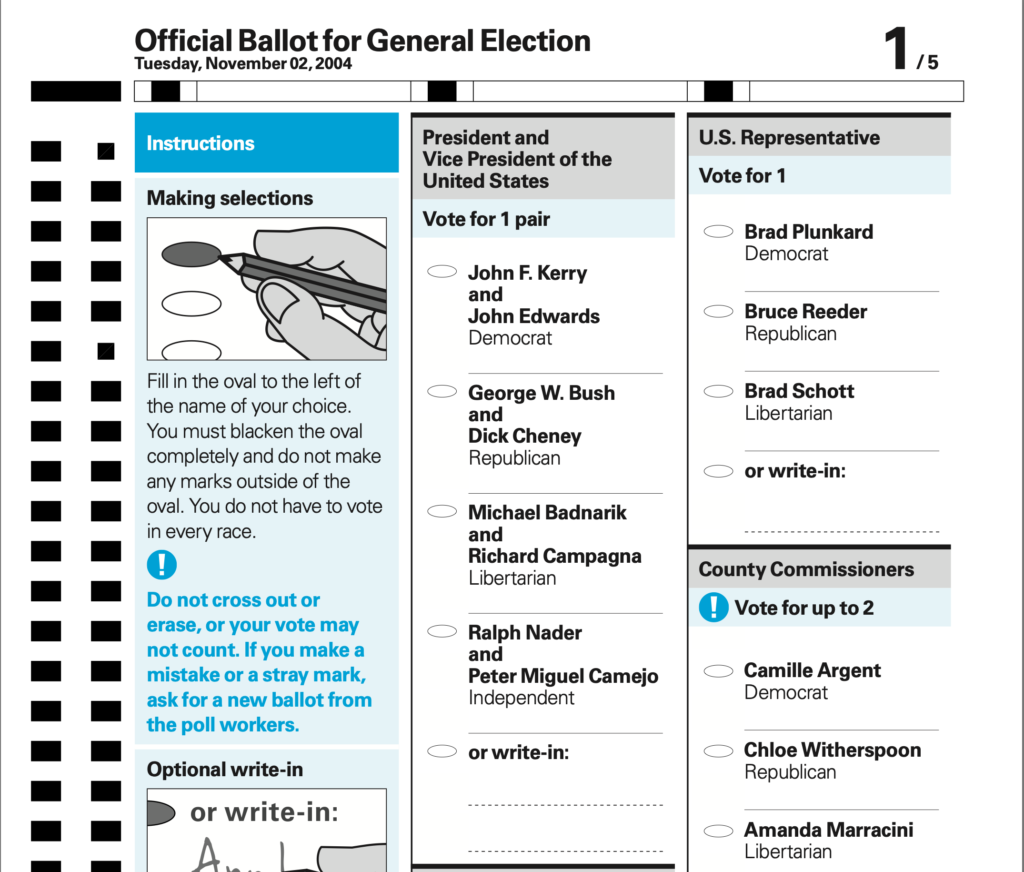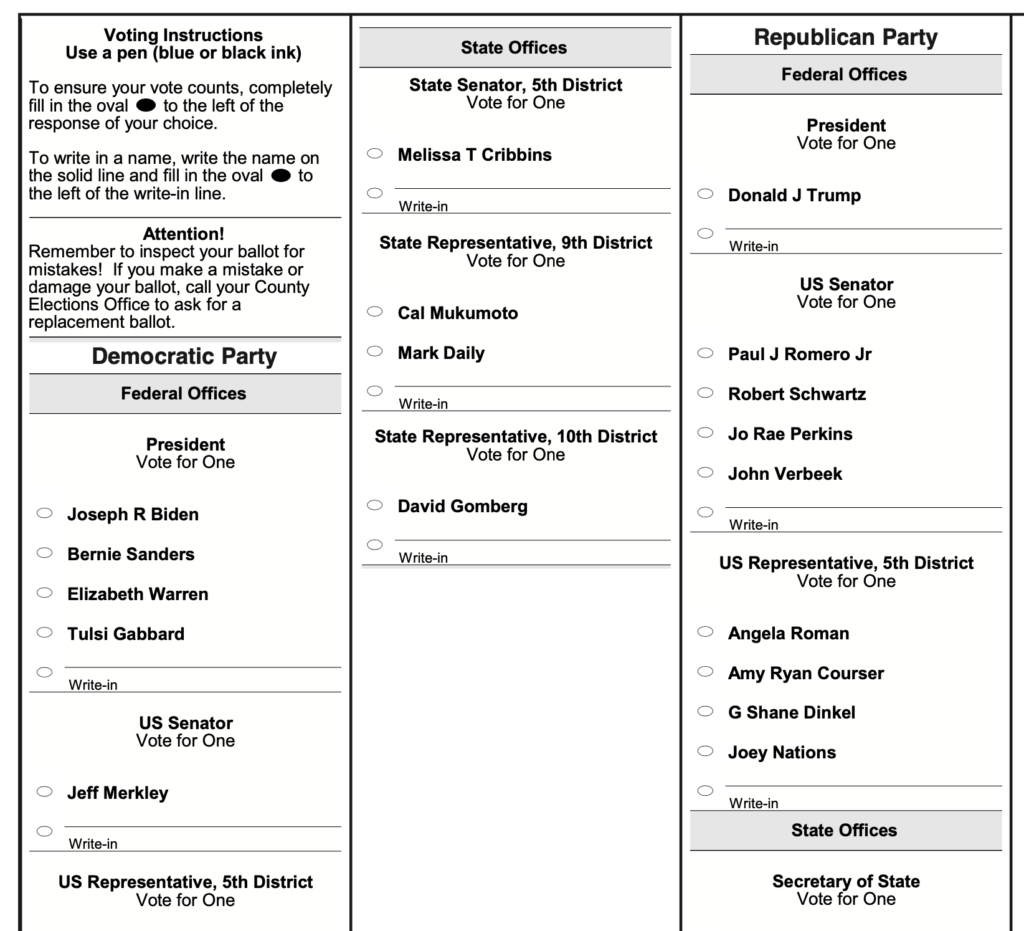As an unintentional callback to the note on my previous playlist, I’m drinking hot apple cider as I write this. On-brand!
Cologne – Haux on Something to Remember – EP
Angel – H. Kenneth on Angel – Single
Don’t Take the Money – Harry Strange on Don’t Take the Money – Single
Somewhere (feat. Octavian) – The Blaze on Somewhere (feat. Octavian) – Single
Slowly – ODIE on Slowly – Single
Good Together – Shallou & Ashe on Magical Thinking
How It Was – Yoste on A Few Brief Moments – EP
We Can Take Our Time – Hayden Calnin on We Can Take Our Time – Single
Something to Hold on to – Harry Strange on Something, Hold On – EP
Call Him – Noah Cunane on Call Him – Single
Every Colour – Luca Fogale on Every Colour – Single
The Dark – SYML on The Dark – Single
Dionne (feat. Justin Vernon) – The Japanese House on Chewing Cotton Wool – EP
Bo Exotic – Turbo on Bo Exotic – Single
Roses (Imanbek Remix) – SAINt JHN on Roses (Imanbek Remix) – Single
Hold Me Closer (feat. yaeow) – Addict. on Hold Me Closer (feat. yaeow) – Single
Upside Down – JVKE on Upside Down – Single
Feel It – Luca Fogale on Feel It – Single
Why Do We Shake in the Cold? (Edit) – Elderbrook on Why Do We Shake In The Cold? – Single
STUD – Troye Sivan on In A Dream – EP
Barking – Ramz on Barking – Single
Fear of the Water – SYML on Work – EP
Come On – Will Young on Echoes
Bottom of a Heartbreak – NEEDTOBREATHE on Out of Body
Numb – Elderbrook on Why Do We Shake in the Cold? (Deluxe Album)
Wait To Wake Me Up – Lepani on In The Moment – EP
Perfectly Imperfect – Declan J Donovan on Perfectly Imperfect – Single
Love to Come Home (feat. madugo) – Blewbird on Love to Come Home (feat. madugo) – Single
Falling – Phil Good on Falling – Single
Hummingbird – Run River North on Hummingbird – Single
No Se Da Cuenta – Ozuna & Daddy Yankee on ENOC
Lie – Sasha Sloan on Only Child
Last Train – The Midnight on Monsters
Run Away – Tycho & rum.gold on Run Away – Single
Famous – Octavian, Gunna & SAINt JHN on Famous – Single
MONCLER – Lazza, Pyrex & Guè Pequeno on J
Lifetime – Romy on Lifetime – Single
Run Away (Acoustic) – Tycho & rum.gold on Run Away – Single
Deja Vu – Betcha on Feels Like We’ve Been Here Before
Don’t Turn Off the Lights – Enrique Iglesias on Escape1
Tal para cual – D3llano & $amurai on Tal para cual – Single
miss america – Isaac Dunbar on miss america – Single
Keep in Touch – Jake Scott on Keep in Touch
epiphany – Taylor Swift on folklore (deluxe version)2
All My Love – Elderbrook on Why Do We Shake in the Cold? (Deluxe Album)
BACK FOR ME – Reece on BACK FOR ME – EP
Empty – Yoste on try to be okay – EP
Fire – Elderbrook & Ytram on Why Do We Shake in the Cold? (Deluxe Album)
Chihiro – Yoste on try to be okay – EP
Be Kind (Stripped) – Marshmello & Halsey on Be Kind (Stripped) – Single
You Can’t Fix Me – Yoste on A Few Brief Moments – EP
Fade – Yoste on A Few Brief Moments – EP3
Stay – Cheat Codes & Bryce Vine on Stay – Single
Howl – Yoste on try to be okay – EP
We’ll Be Alright – Yoste on A Few Brief Moments – EP
Boredom – Yoste on A Few Brief Moments – EP
Run Run – Haux & Samuraii on Run Run – Single
Blue – Yoste on try to be okay – EP
Slow Motion – Charlotte Lawrence on Slow Motion – Single
Piano In The Sky – Winona Oak on SHE – EP
Everyone Changes (feat. Gabrielle Aplin) – Kodaline on One Day at a Time (Deluxe)
So Handsome Hello – Woodkid on S164
Sumarið sem aldrei kom – Jónsi on Shiver5
Moon – Yoste on try to be okay – EP
Ghost – LANKS & Sam Phay on SPIRITS PT.1
Everybody But Me – Nick Wilson on Love and Heartache – EP
Minus Sixty One – Woodkid on S16
How to Save a Life – The Fray on How to Save a Life6
The Way I Used to Love You – Blue October on This is What I Live For7
Flaws – Yoste on A Few Brief Moments – EP
Cannibal (with Elizabeth Fraser) – Jónsi on Shiver8
The Weatherman – Blue October on This is What I Live For
Salt Licorice (with Robyn) – Jónsi on Shiver
Saturn (feat. Tim Fain) – Sleeping At Last on Saturn – Single (feat. Tim Fain) – Single
Only Lost is Found – Blue October on This is What I Live For
- I like this song because it’s kinda about the importance of communication in relationships! Positive influence!
Of course, Escape is also on this album, and that’s a song about a woman who needs to get a restraining order and a gun, so… ↩ - Now that the Bon Iver song off this album is thoroughly overplayed in my head, I’m listening to other parts of it. ↩
- Can you tell that I’ve become a big fan of Yoste? ↩
- I sent this song to a friend with this note: “and I love Woodkid because that isn’t even his horniest song, but Woodkid Horny Music is EXTREMELY different from regular horny music” ↩
- This song had no right to hit as hard as it did, I, as a former Choir Kid, feel called out.
As a side note, this was real fun to search for in Apple’s link building tool, which intermittently doesn’t know about unicode. ↩ - One day I’m gonna have a sufficient dataset, thanks to all these playlists, that I can do some fun analysis. I’m betting The Fray is gonna be on an annual cycle. ↩
- So far, my favorite off the new album, but I’ve also only listened to about half of the album so far. ↩
- This album is kinda all over the place, but I love it ↩
